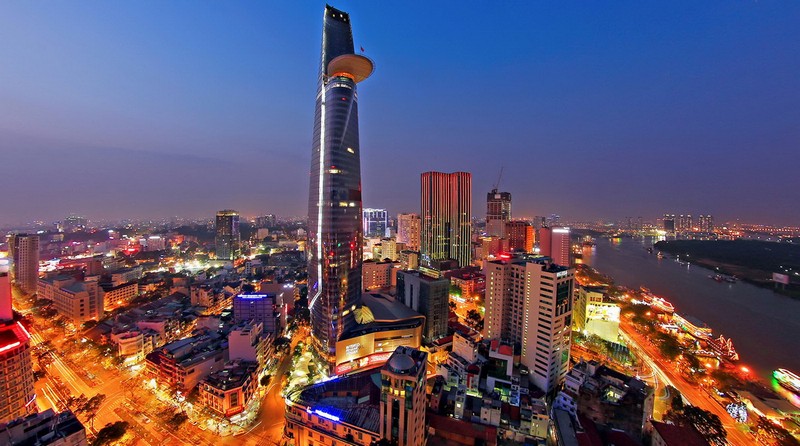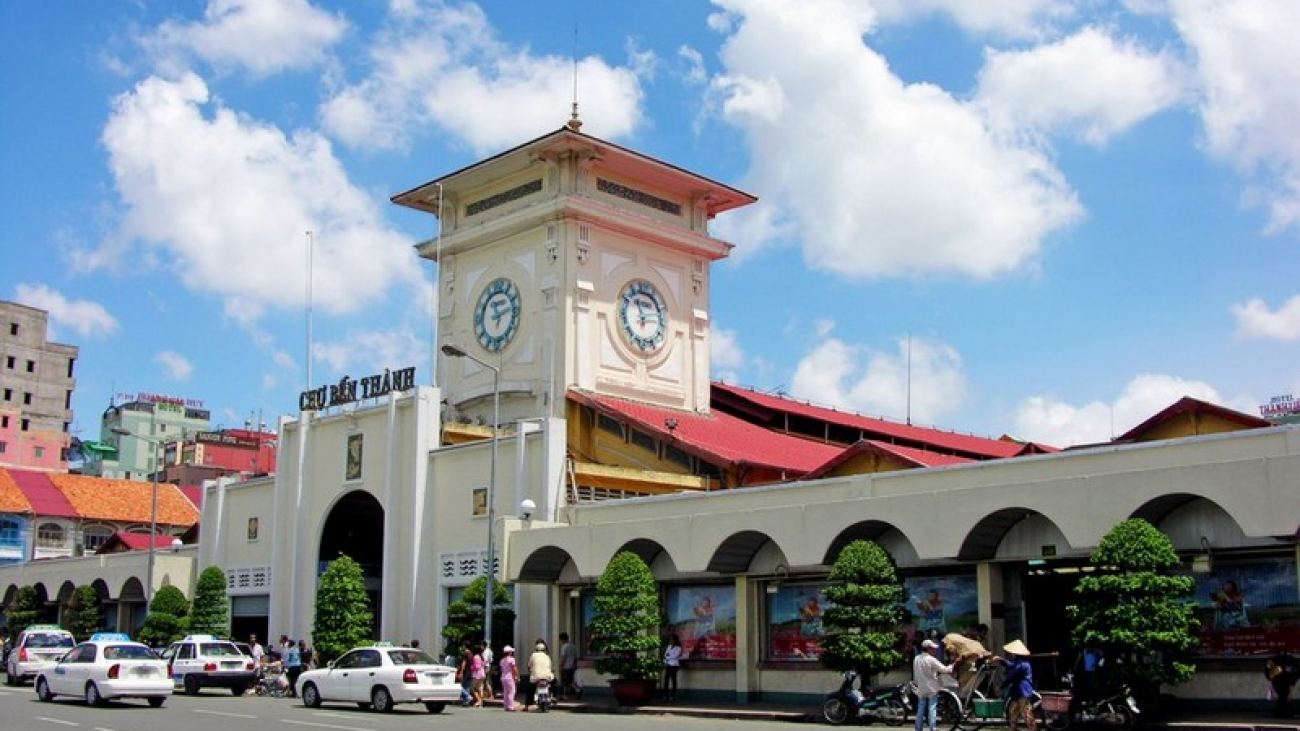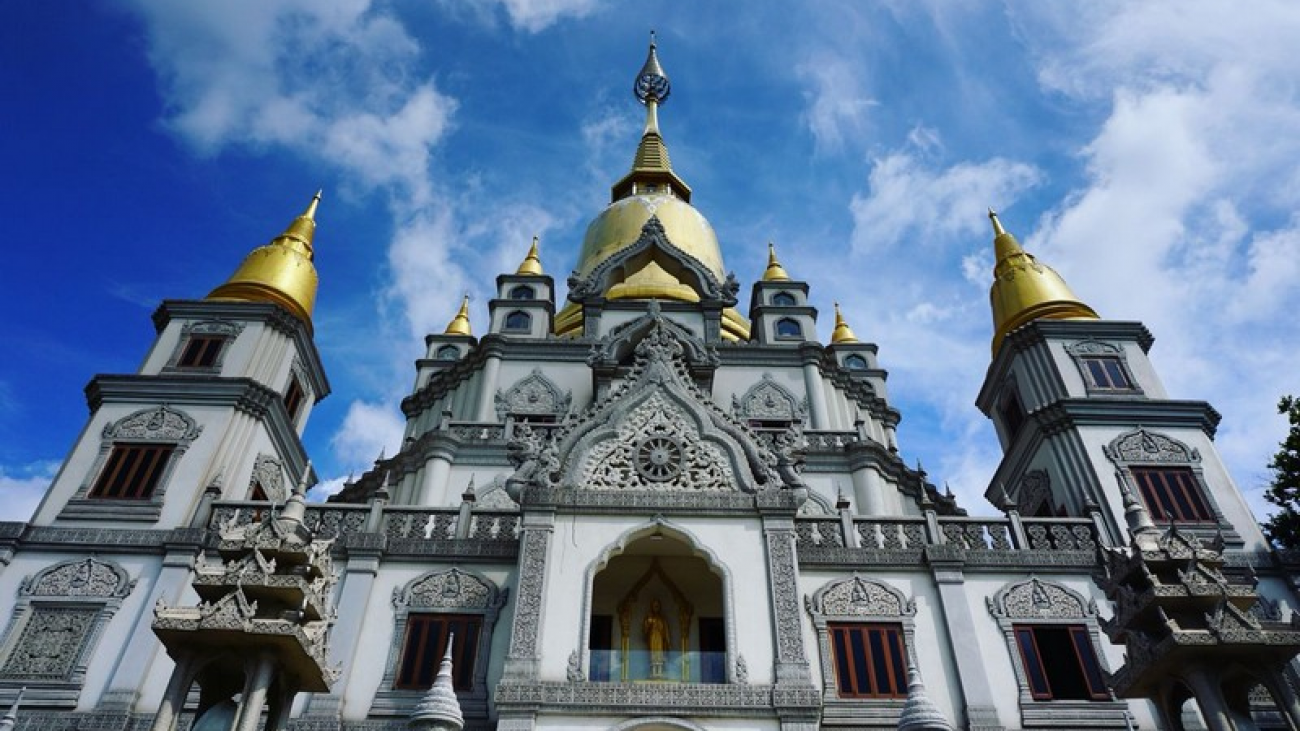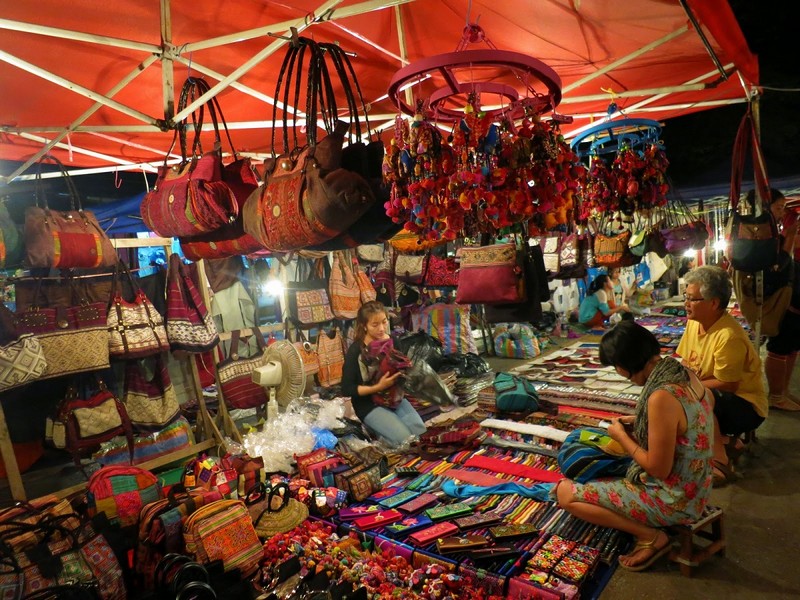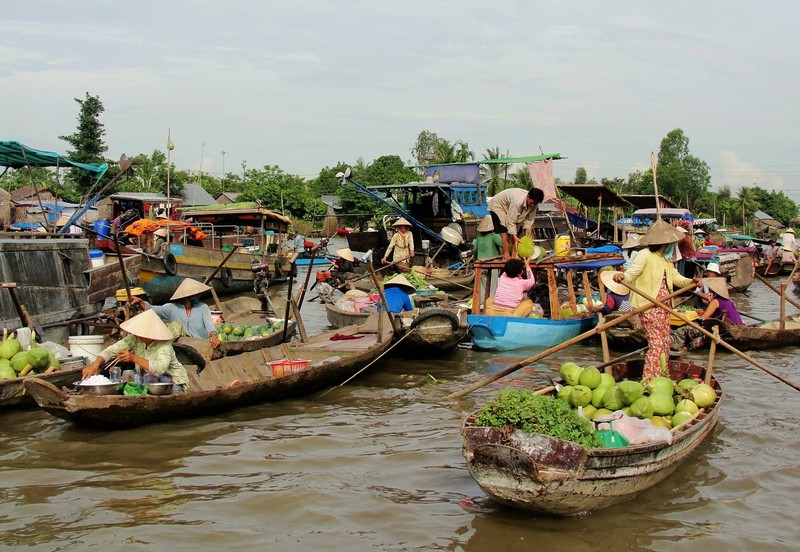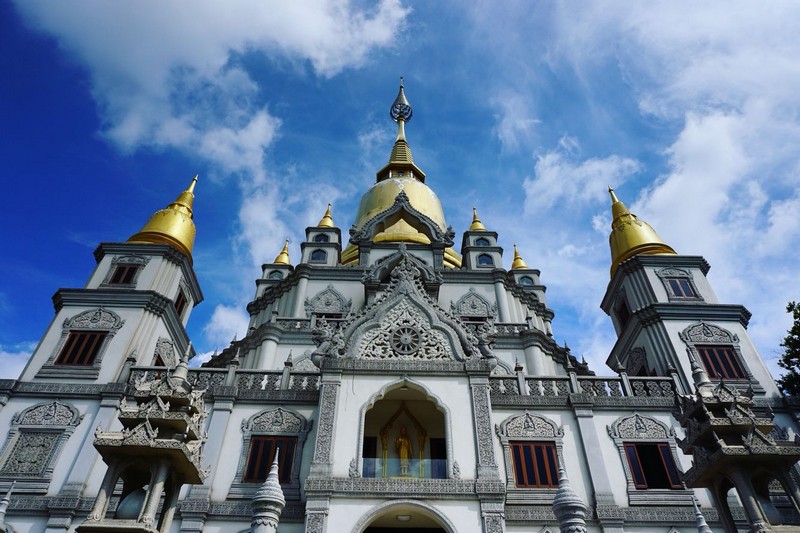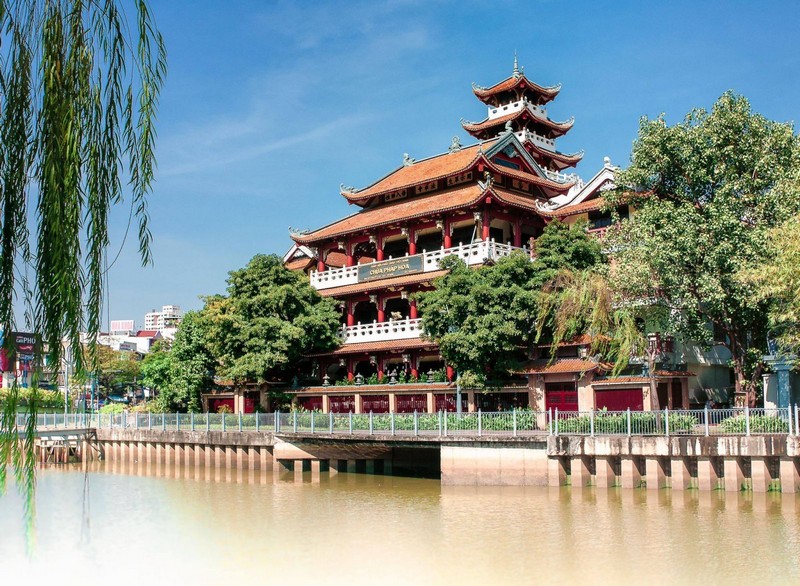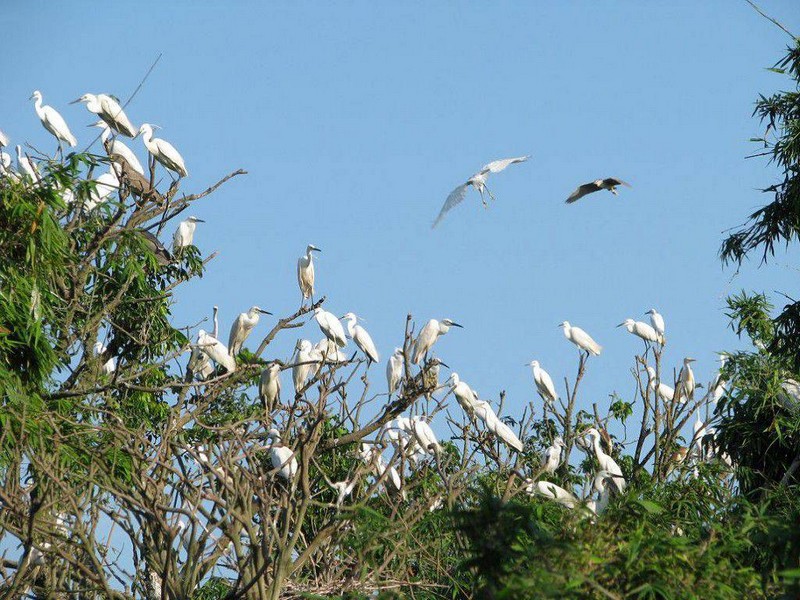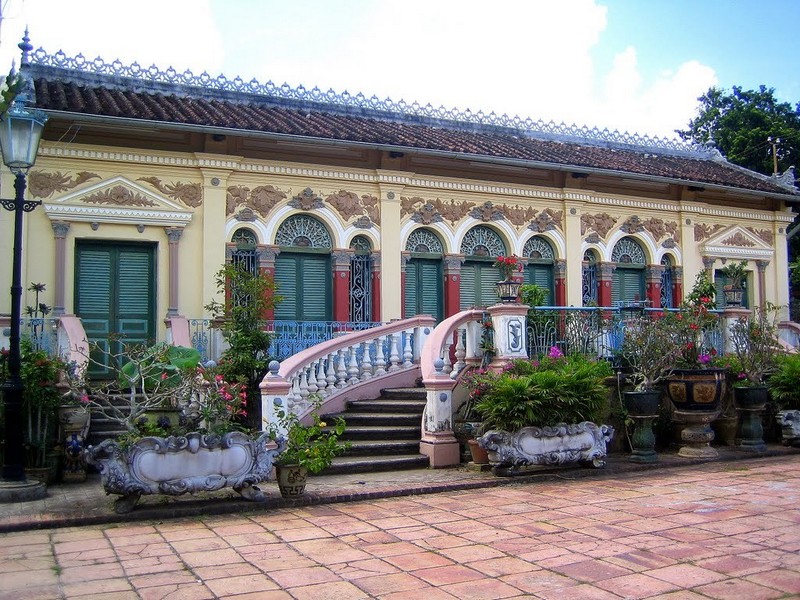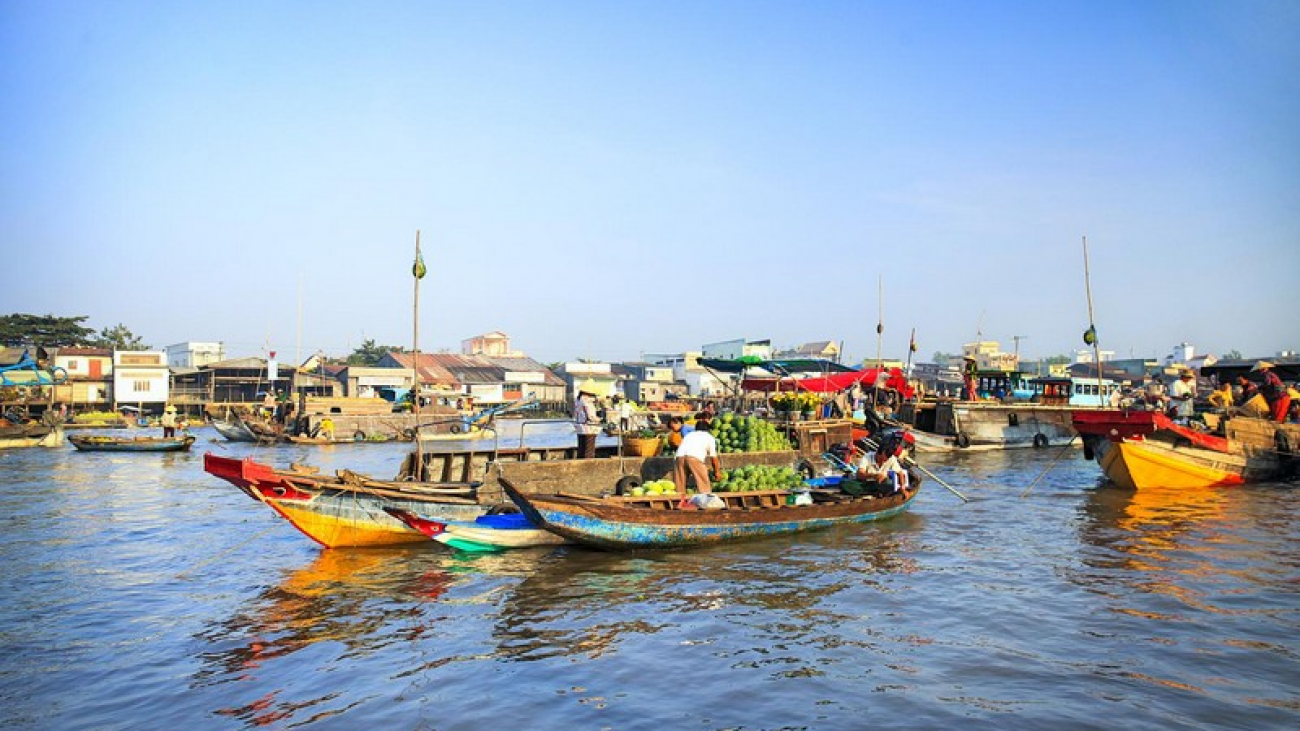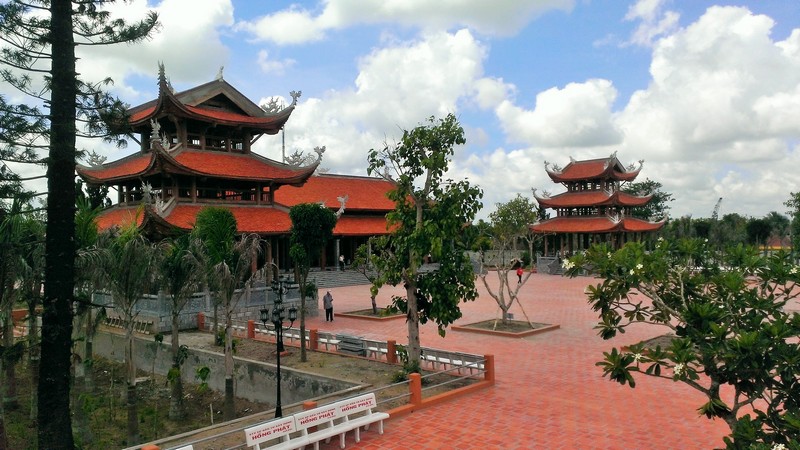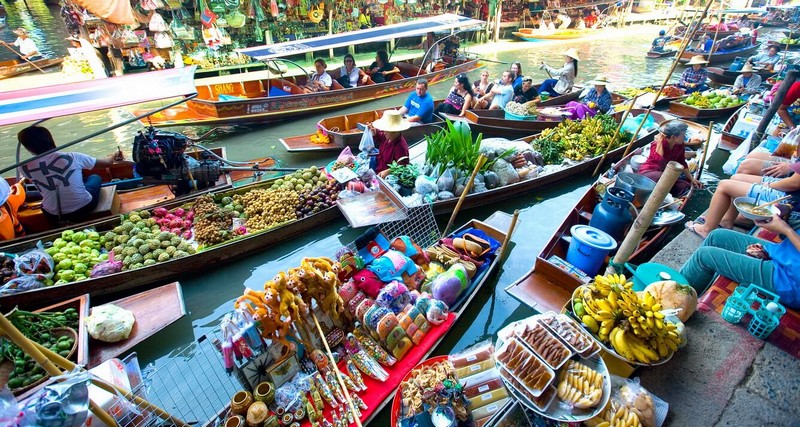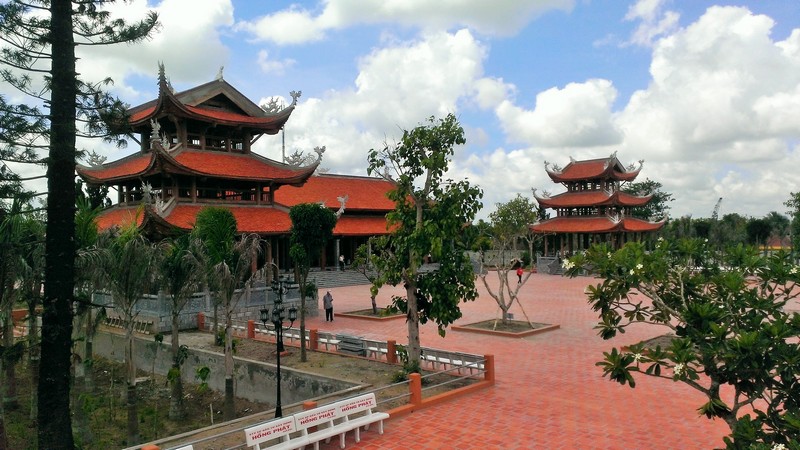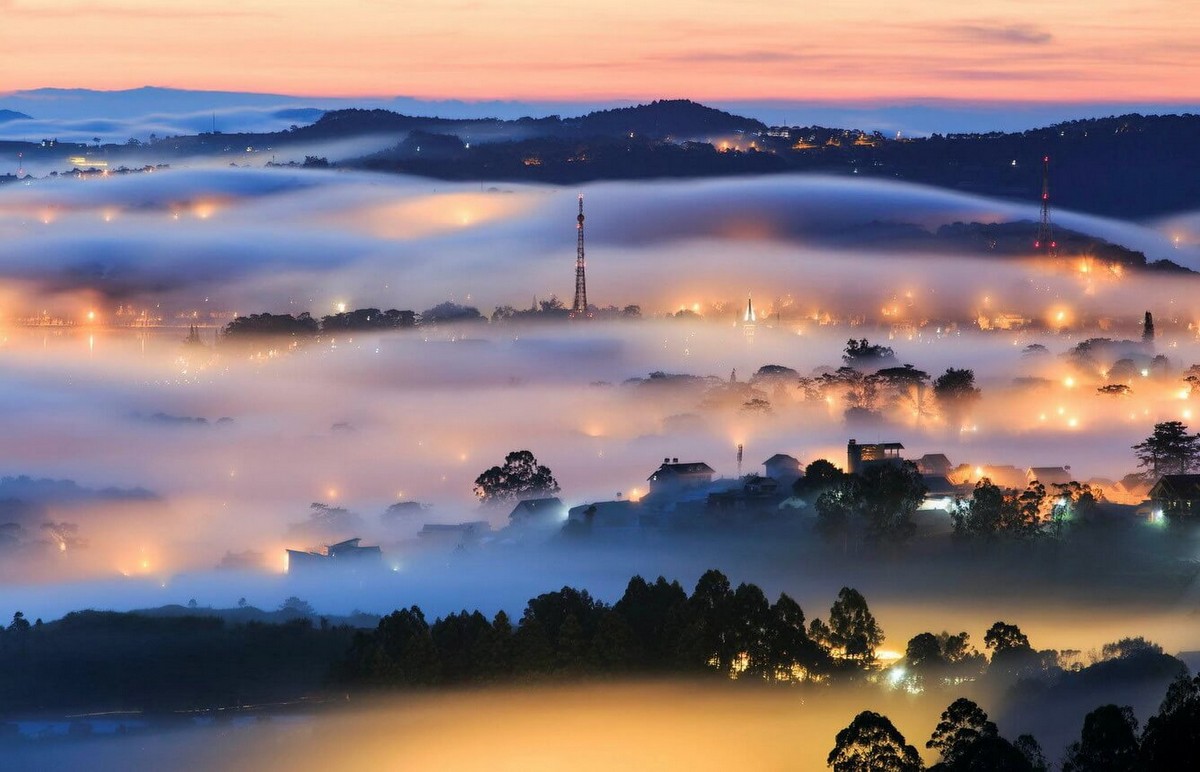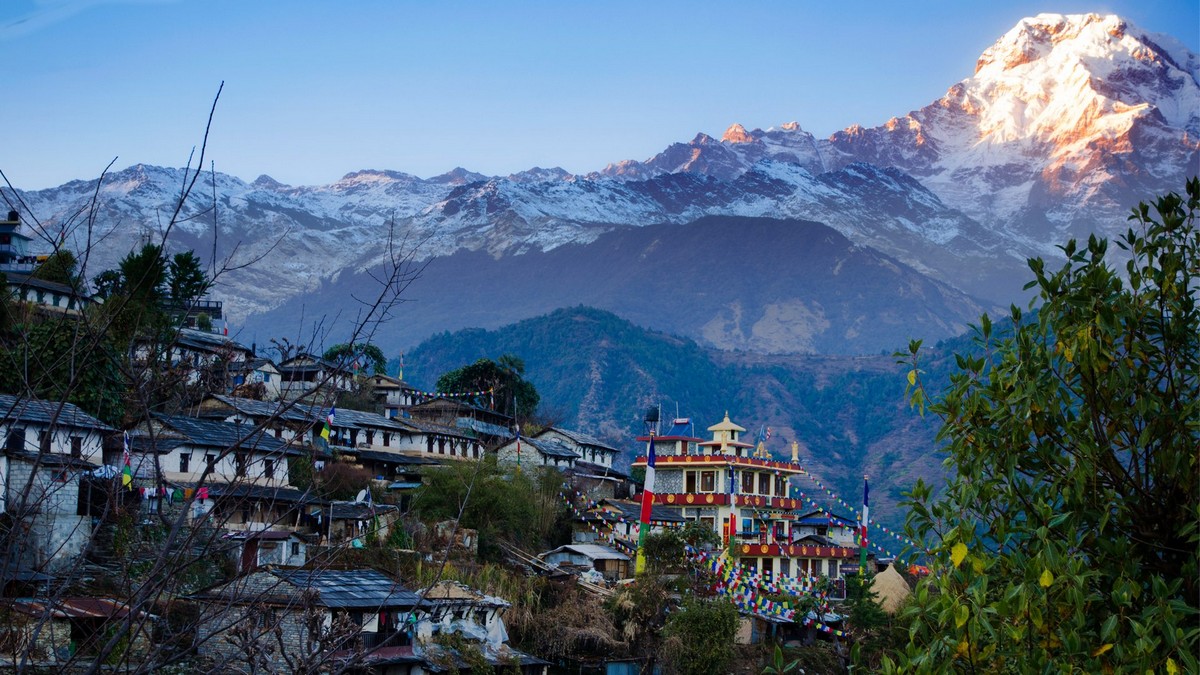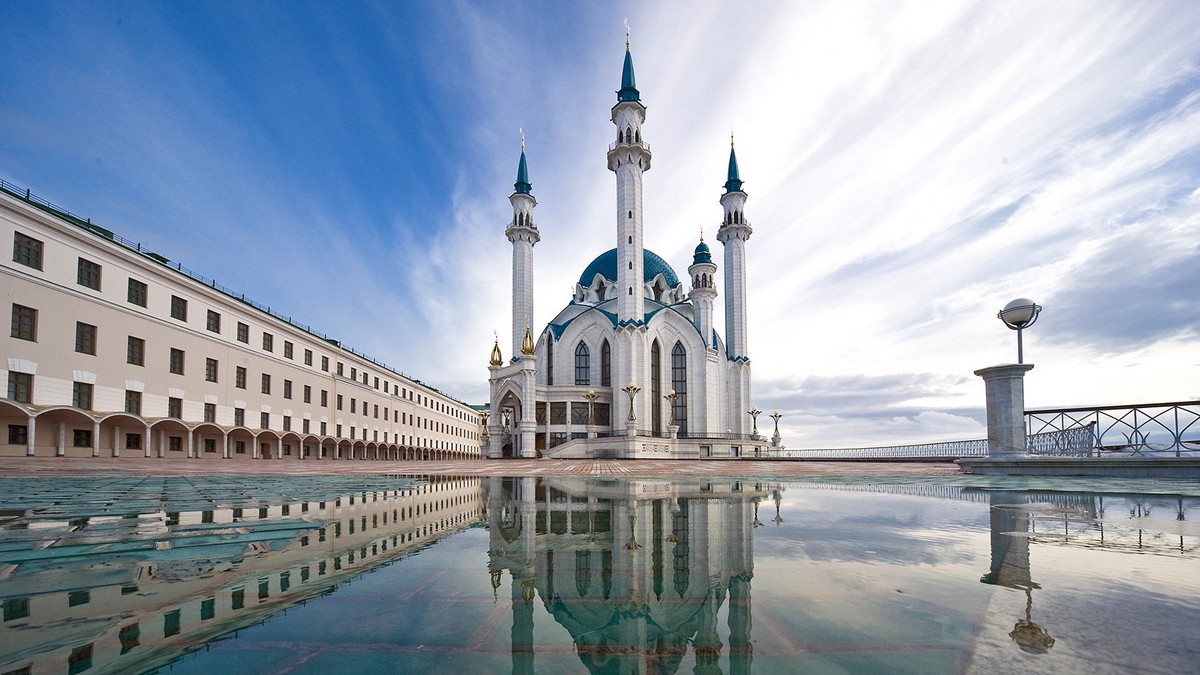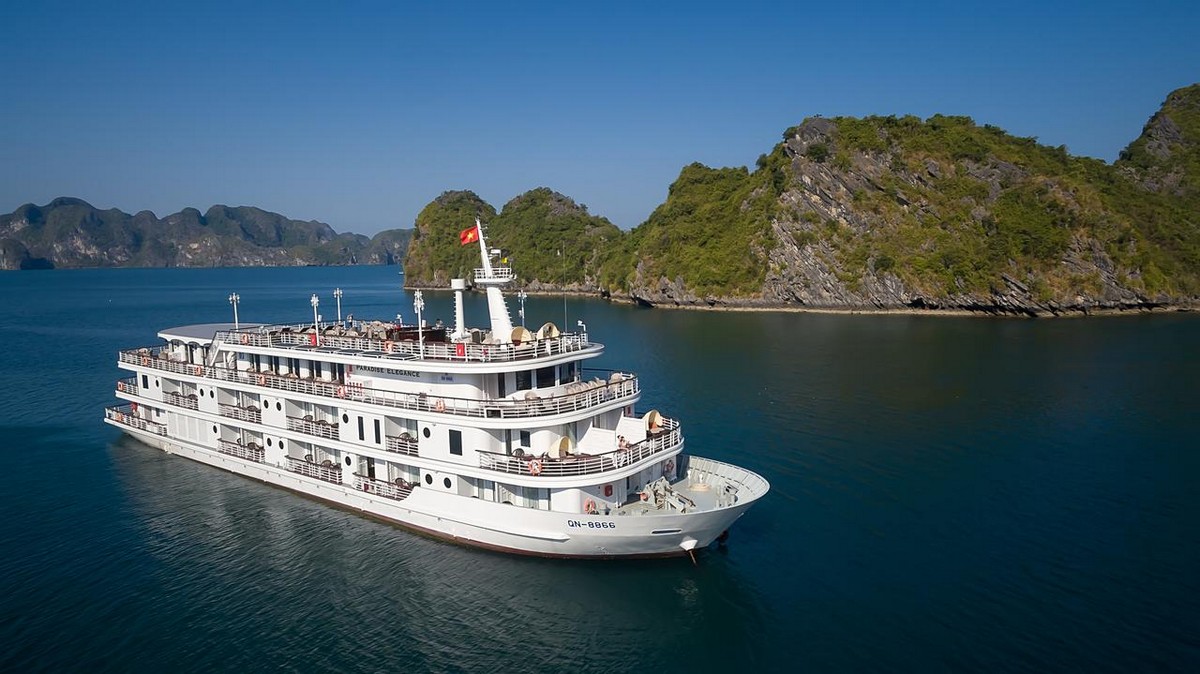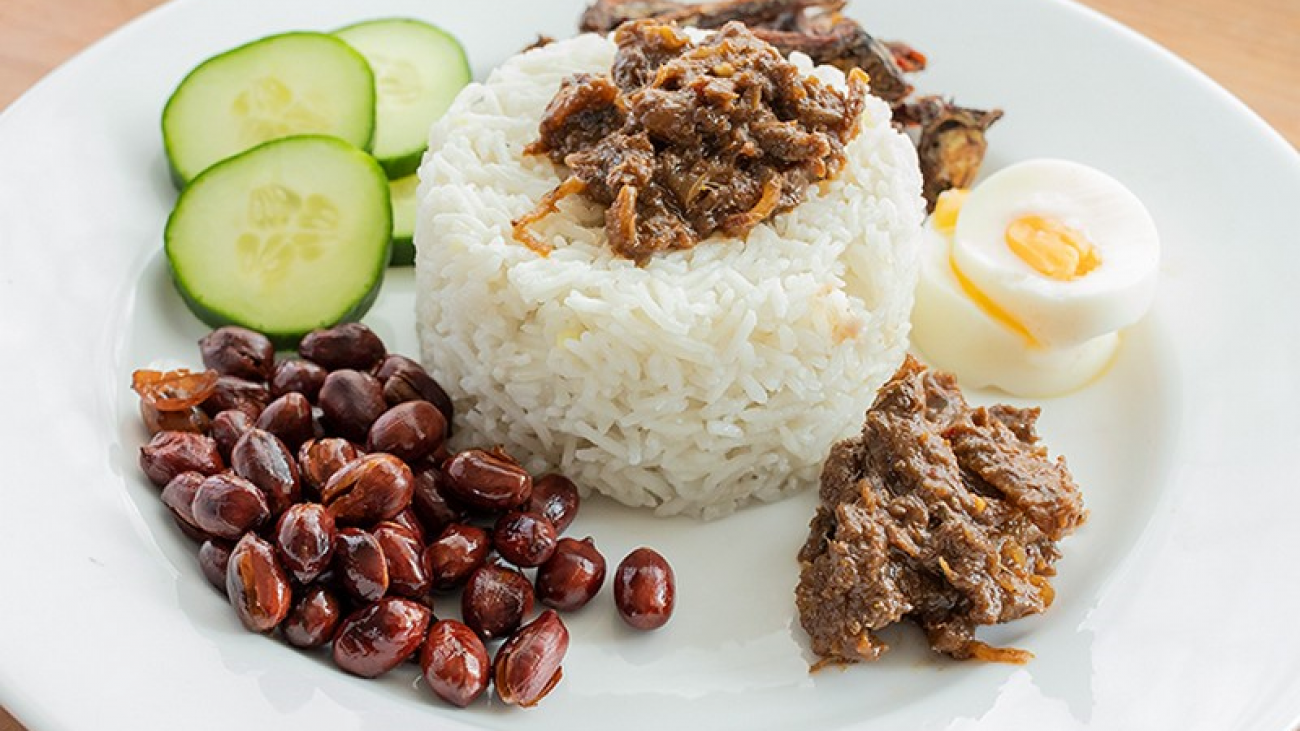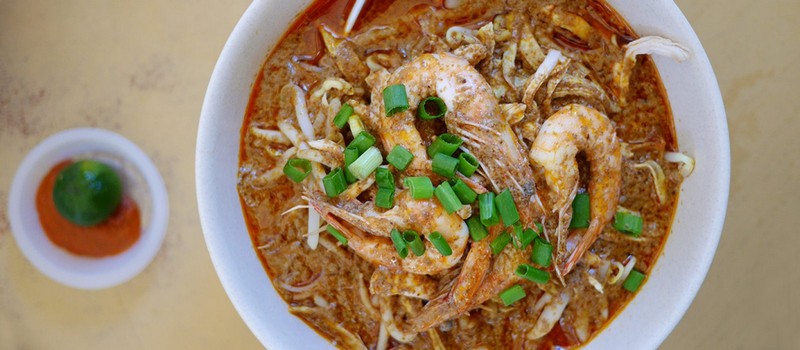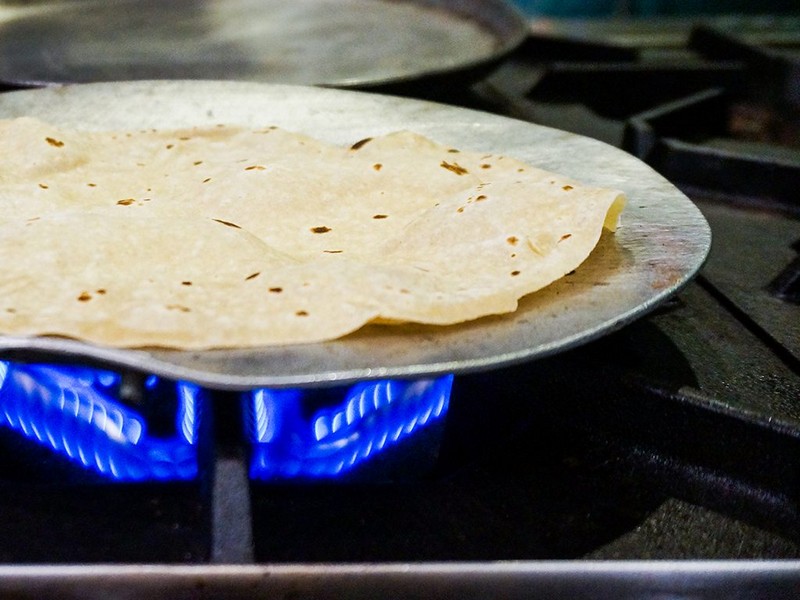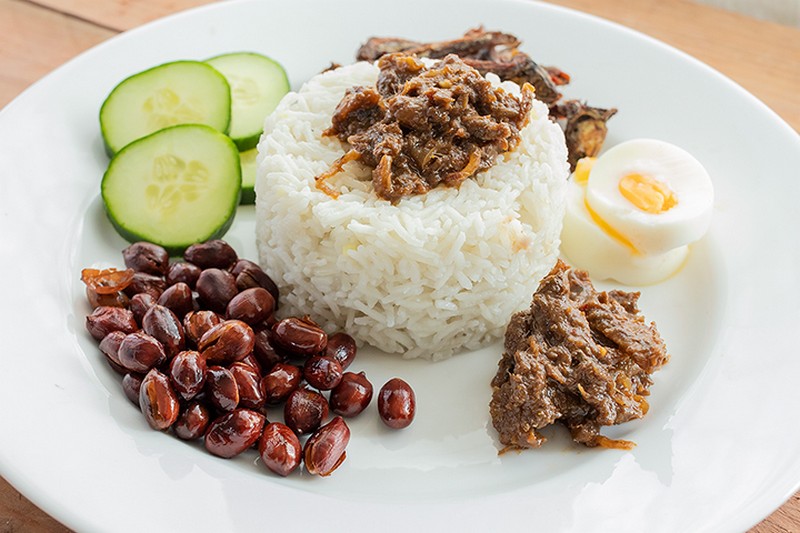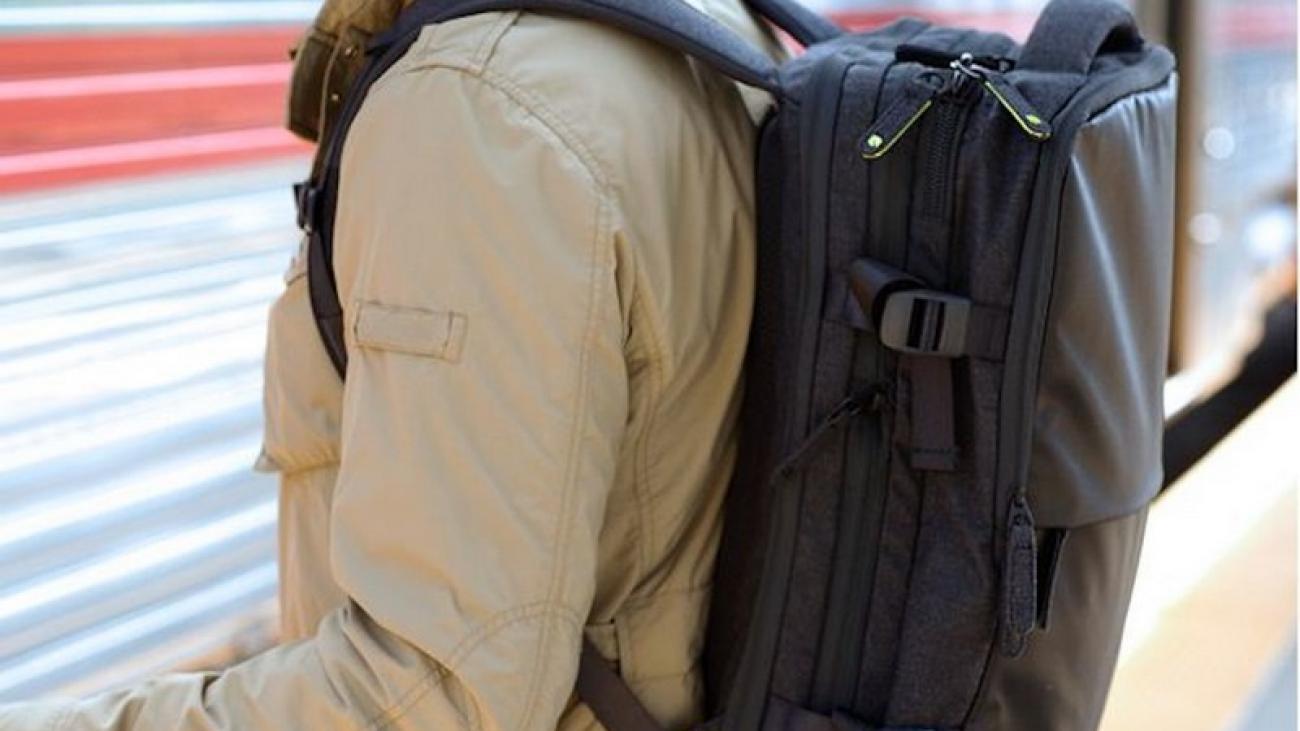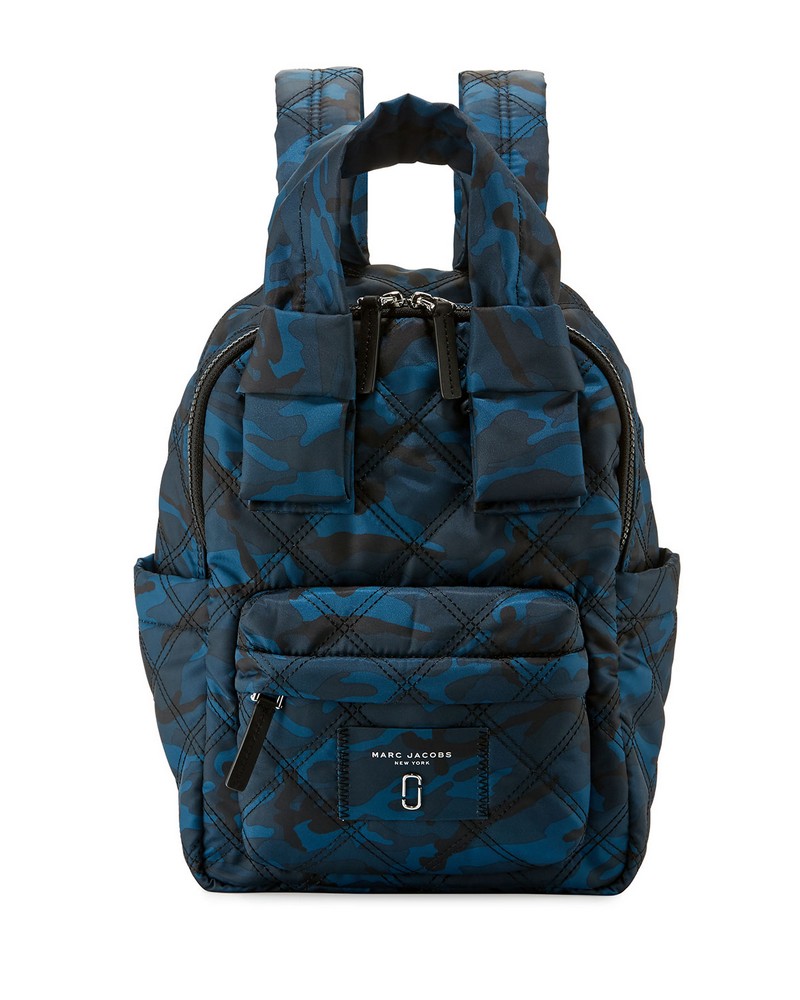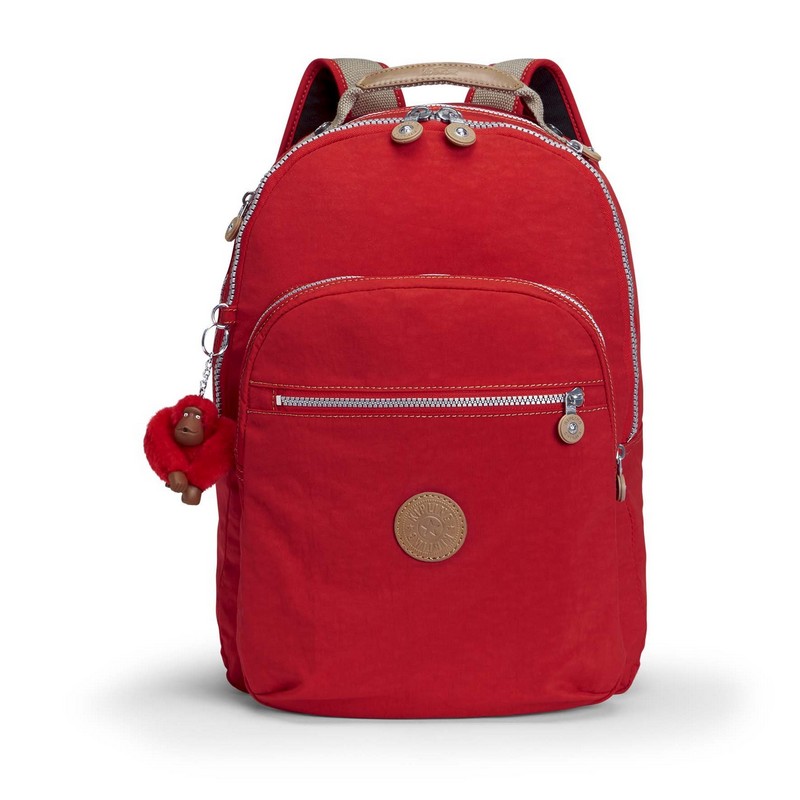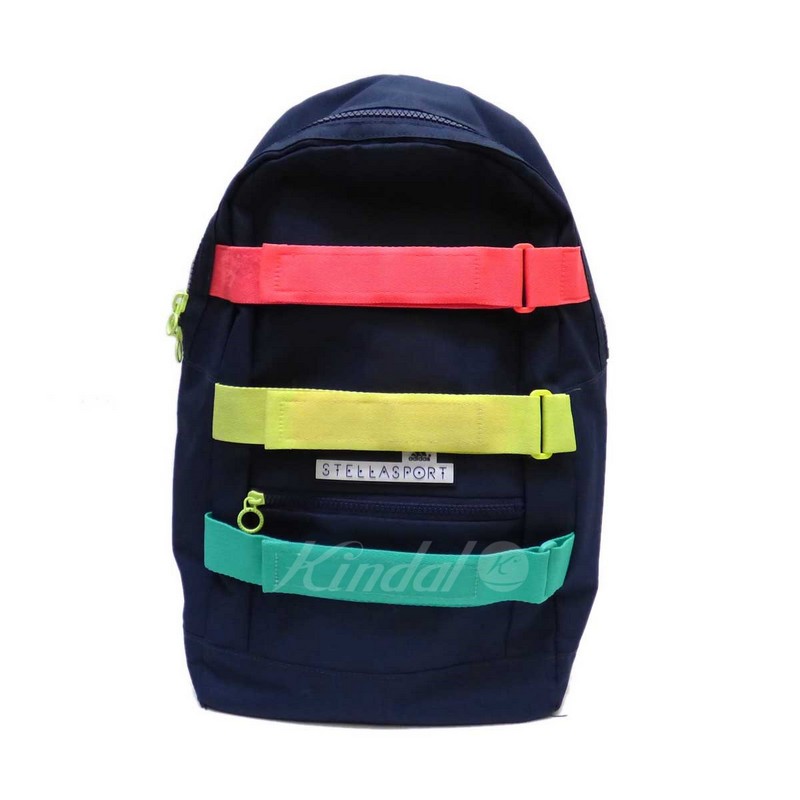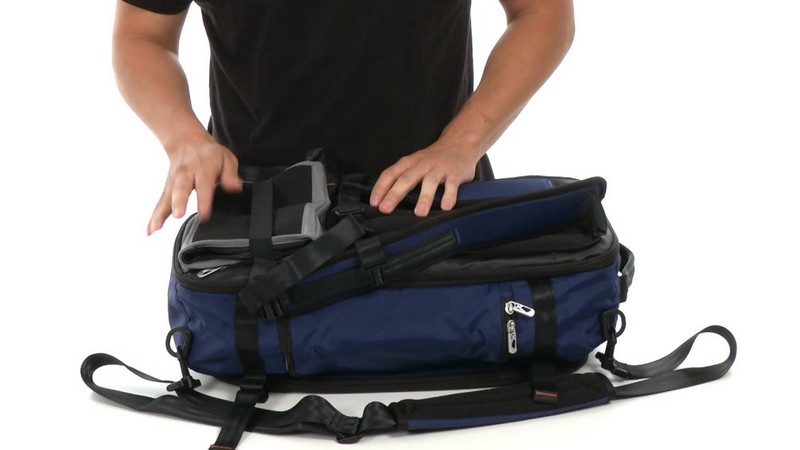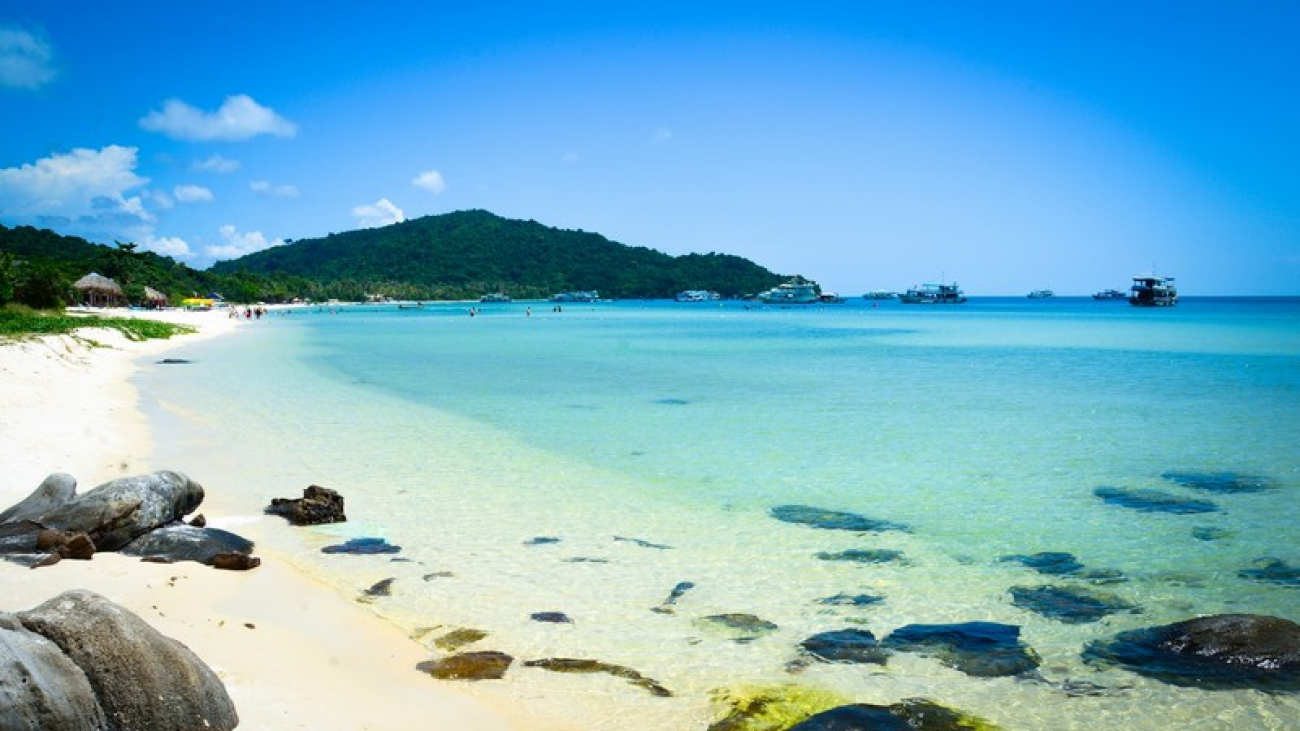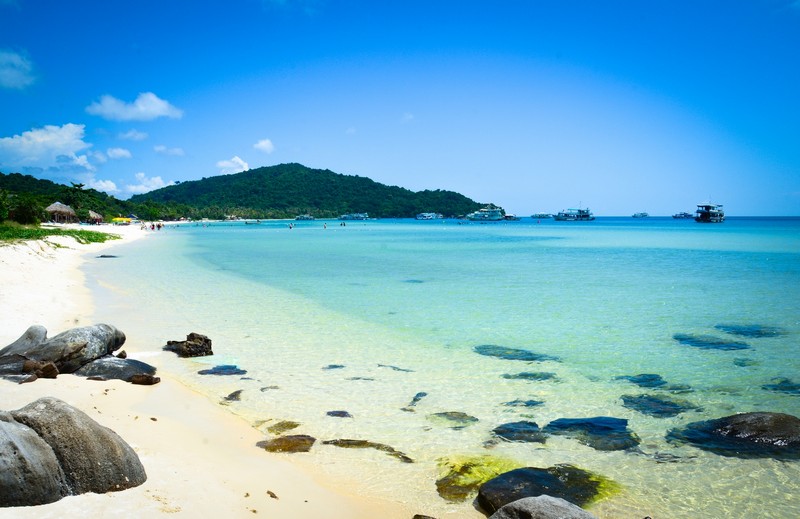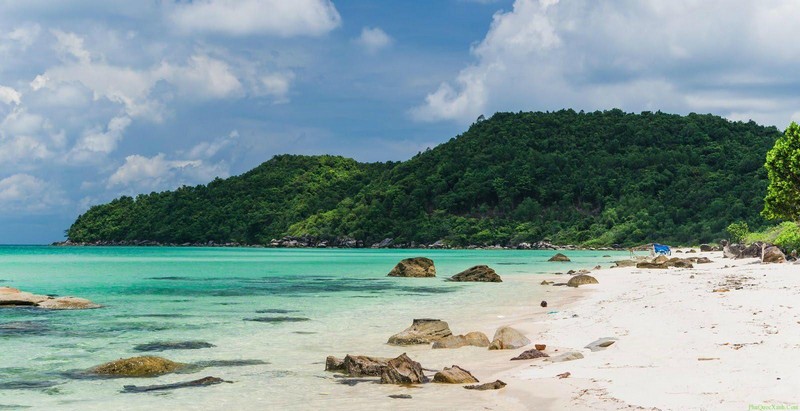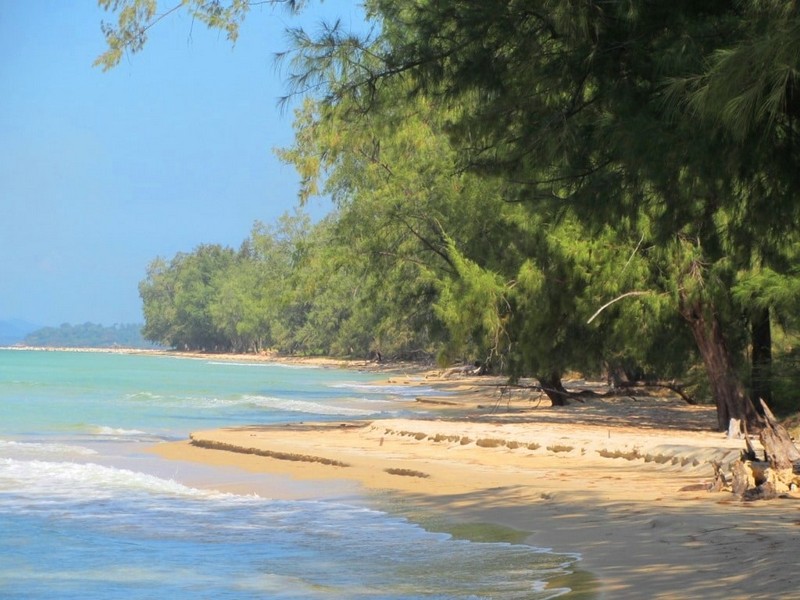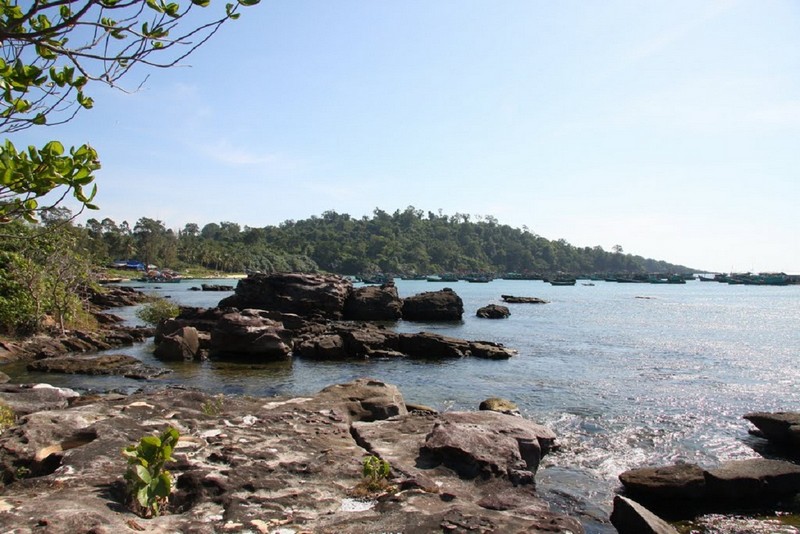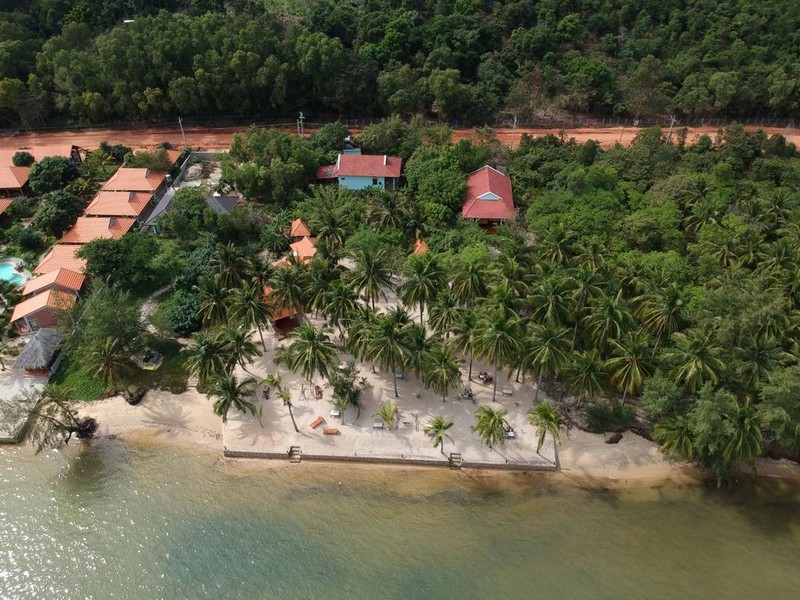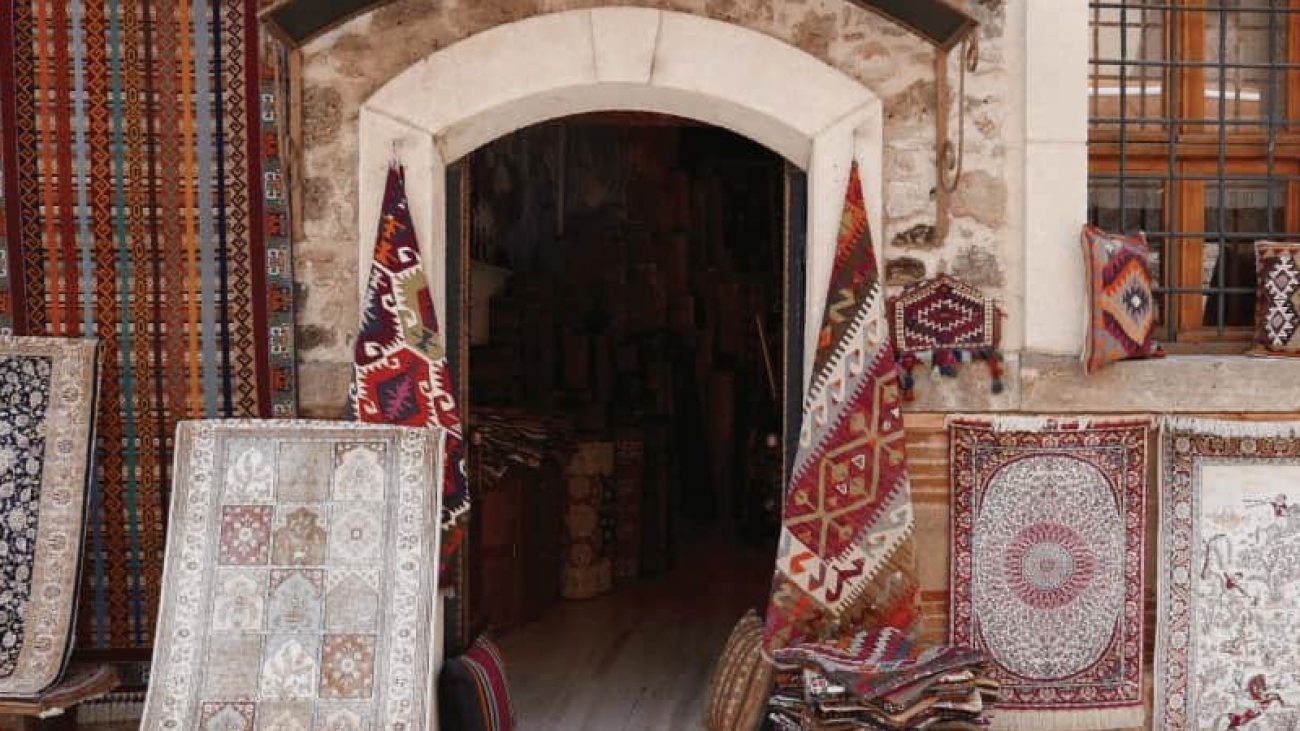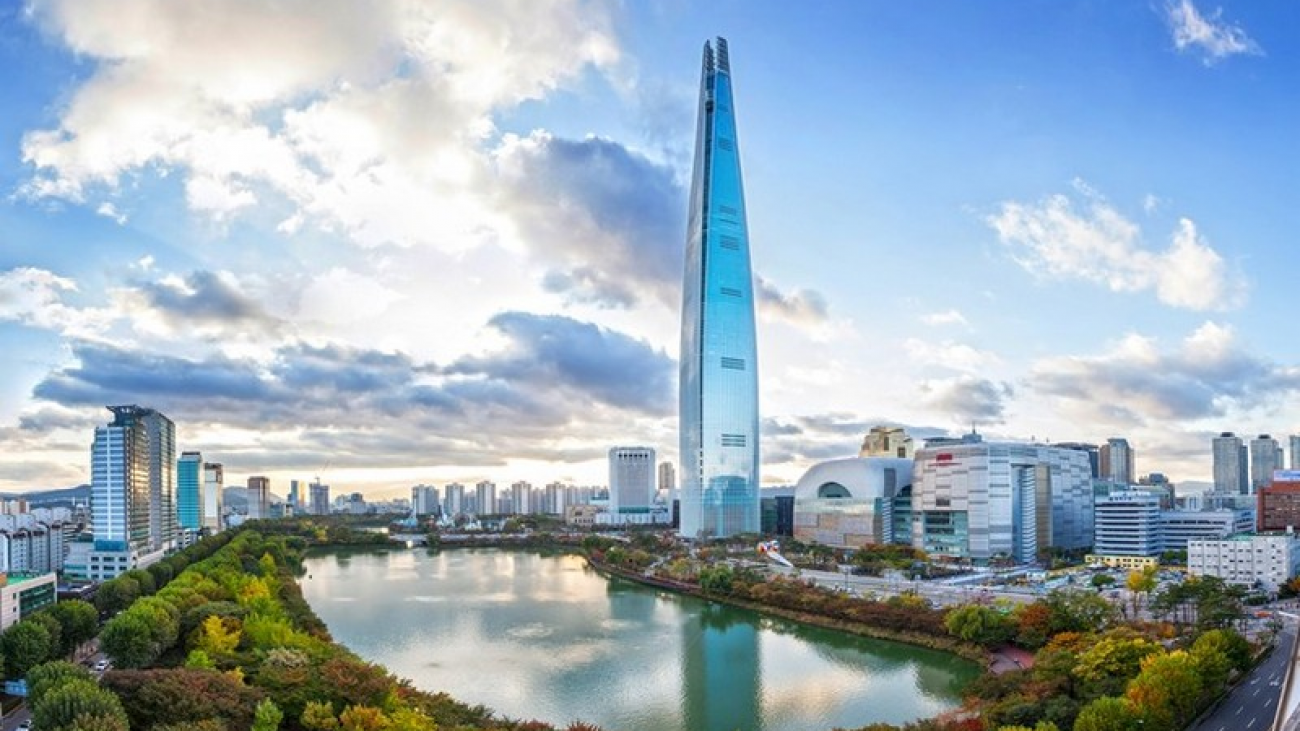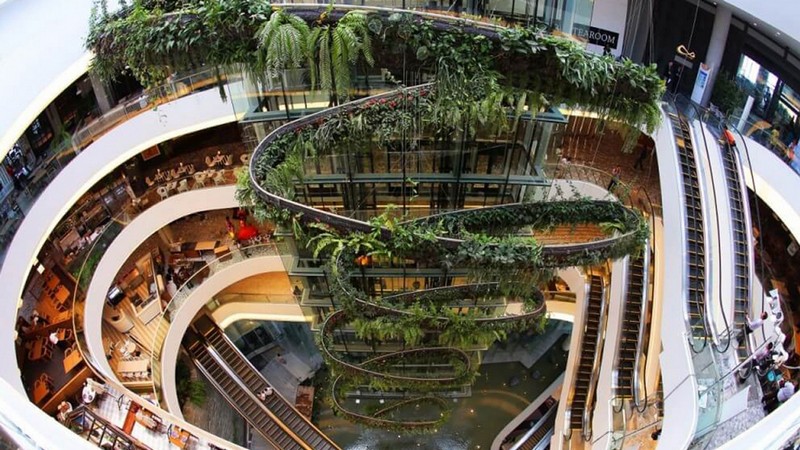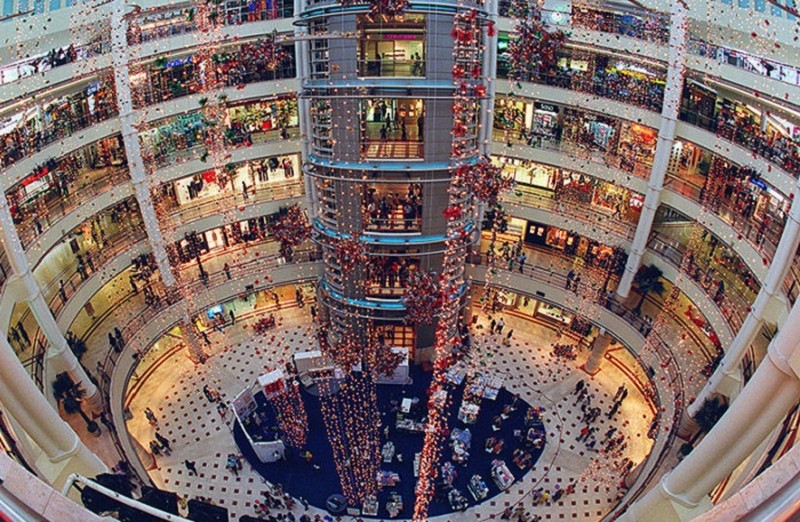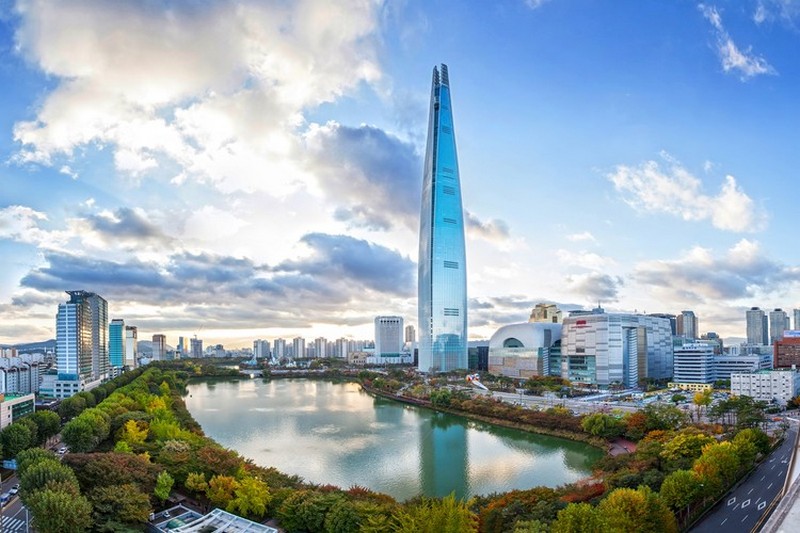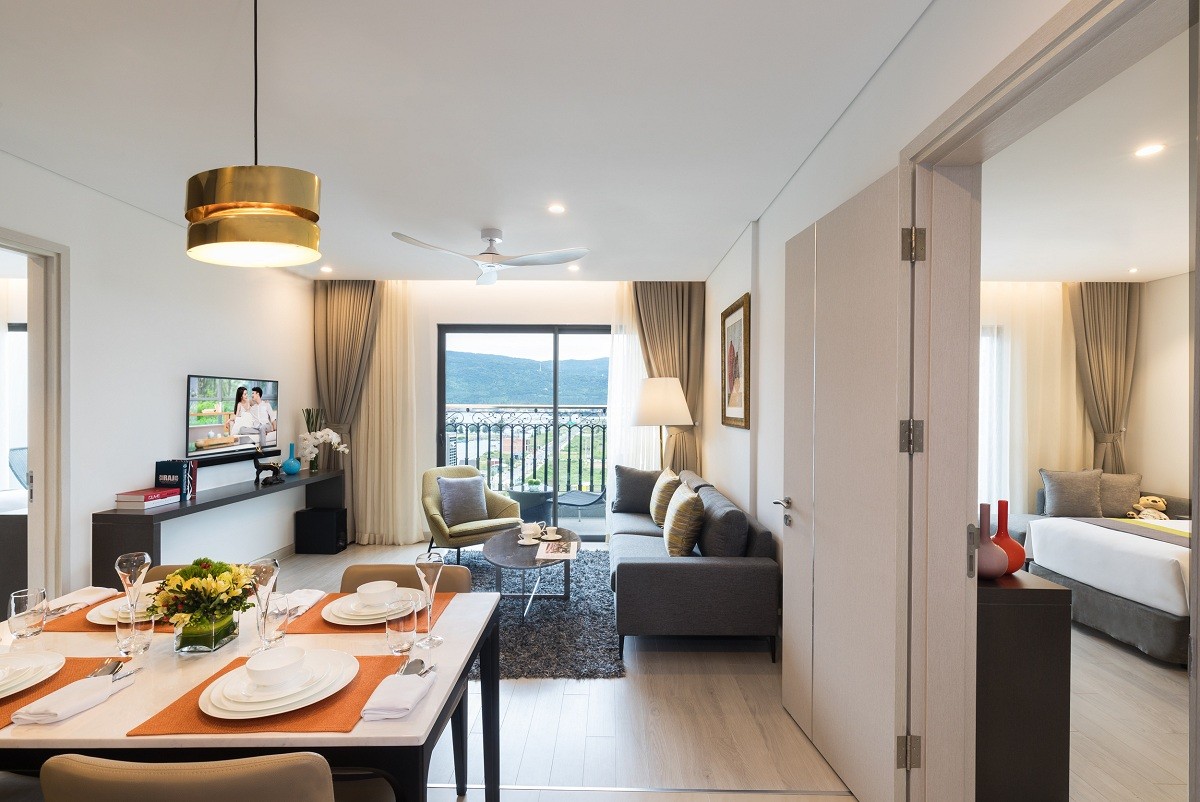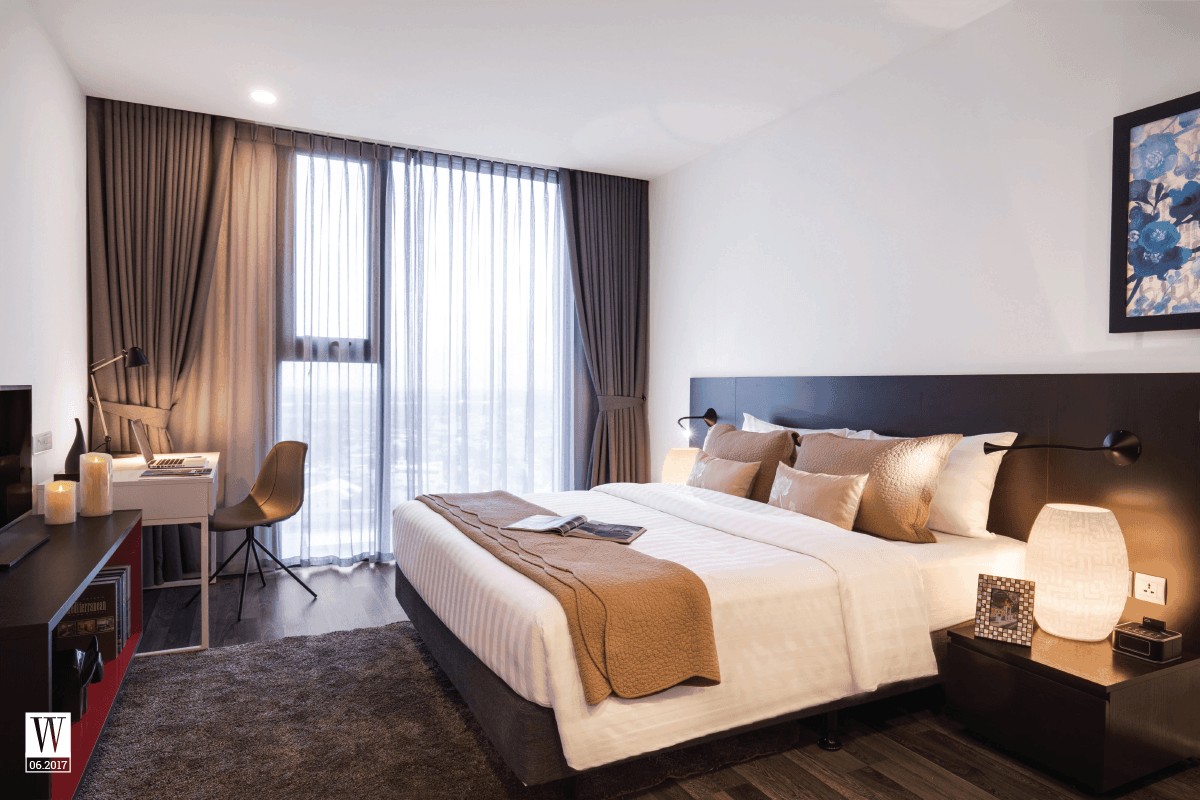At the end of the winter, as spring is arriving (from May), Antalya’s weather is warm and sunny, the plants are green, orange trees are full of fruits, sometimes you may come across herds of cows, sheep and goats grazing on green grass or undulating hills covered with white snow. This is a crowded city with modern shopping malls and amusement centres adjacent to thousand-year-old historical heritage and architecture. No wonder Antalya is referred to as the tourism capital of Turkey.
[rpi]
VISIT
WATERFALL
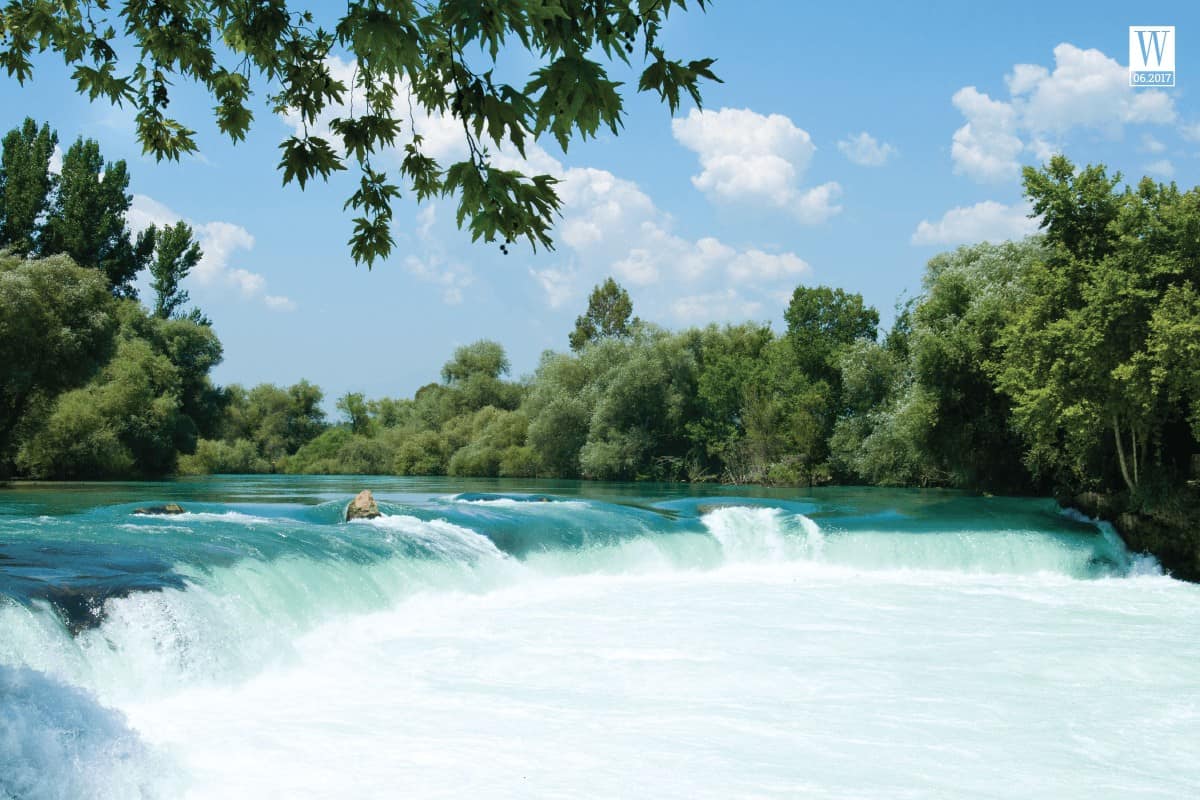
Known as the kingdom of waterfalls, Antalya has dozens of picturesque waterfalls. Manavgat Waterfall, 40 metres in width and less than 5 metres in height is the most famous one, falling from the Taurus Mountains. Although the Manavgat Waterfall is not high, its flow is very strong and it is considered as one of the symbols of Turkey. Tourists can also visit the spectacular Duden Waterfalls nearby, about 10 kilometres from the centre of Antalya.
This group of waterfalls was formed by Duden River, the biggest waterfall – Upper Duden is 15 metres high and 20 metres wide, the second – Lower Duden, was formed by the water running into the Mediterranean Sea at the end of the river. This is a colourful natural picture, with turquoise water, green leaves and white foam.
MYRA ANCIENT TOWN (DEMRE COUNTY)
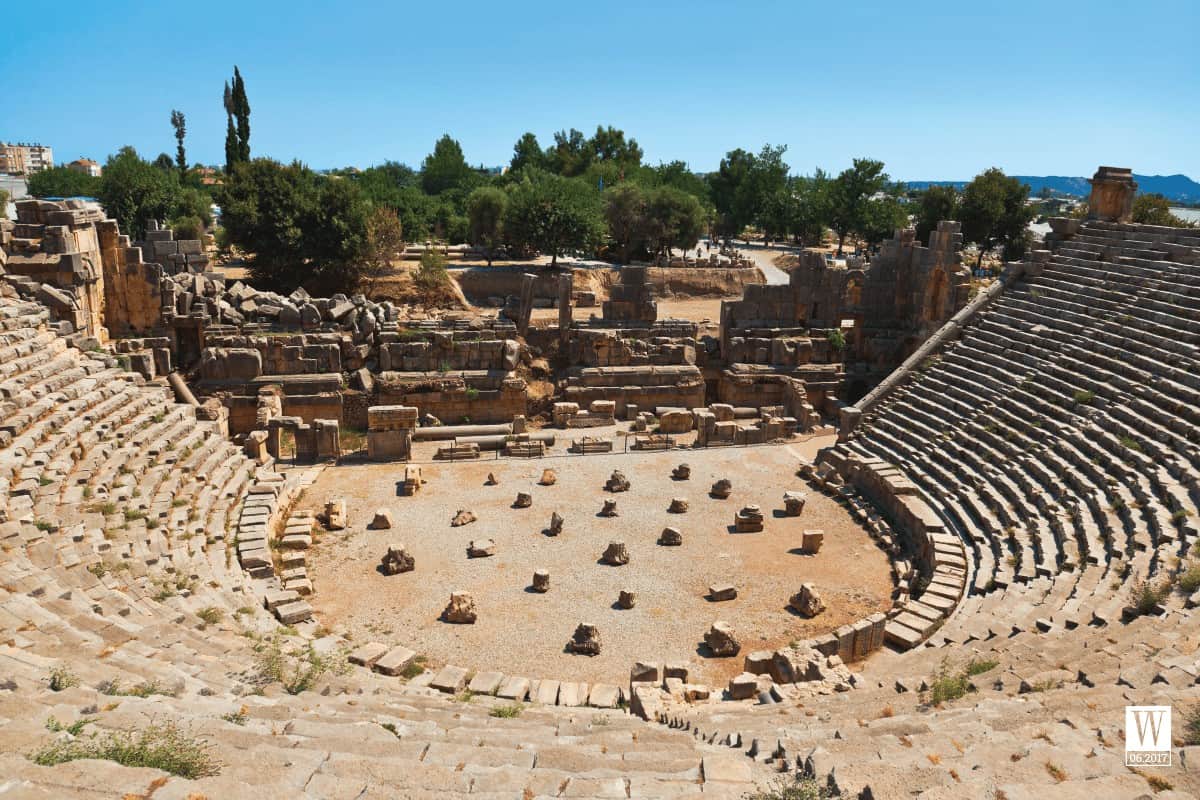
About 140 kilometres from Antalya, is the ancient town Myra located in Lycia, the present-day Antalya Province. No one knows the exact time when Myra was founded; it is only known that it was sometime in the 1st century BC. Myra is also one of the six leading cities of the Lycian alliance of ancient history, which also included Xanthos, Tlos, Pinara, Patara and Olympos. Visiting Myra, you will be surprised by the architecture of the outdoor theatre built in the year 200 BC with its intact stone steps, it can accommodate up to 12,000 people. You can also visit another ancient building: St. Nicholas Church, which is a popular destination for pilgrims and one of the most valuable architectural heritages of the Byzantine Empire that remains to this day. The most impressive architecture in Myra are the rock tombs located in two areas: the rocky mountains to the west of the outdoor theatre with tombs dating back to the 4th century BC and along Myros River, also known as the river cemetery. Myra’s prosperity had its source at the alluvial deposits of Myros River. But the rock-cut tombs on the rugged rock mountain make it look like a mysterious ancient castle.
KALEIÇI’ OLD TOWN
Kaleiçi Old Town is located in Muratpaşa District – the centre of Antalya. The 5-metre-high entrance gate in Northeastern Kaleiçi is made of Hadrian marble and features a Roman triumphal arch. Walking inside, visitors will experience a very peaceful pace of life when strolling on the serpentine stone or gravel paths, on both sides of the street, there is Ottoman-style architecture and shops selling unique, colourful handicrafts. You may come across poetic scenes like the old port with its colourful boats, Yivli Miranet Mosque made of red bricks, or admire Kesik Minare Cami with its thousands of years old stone blocks or hear the prayers in the dazzling Mediterranean sunset. Buying beautiful souvenirs or exquisite handicrafts in the Market Hall, then enjoying the delicious Turkish cuisine under the glittering umbrellas on Semsiye Sokak Street will be an unforgettable experience in Antalya.
KÖPRÜLÜ KANYON NATIONAL PARK
Covering an area of 366 square kilometres, the Köprülü National Park is the perfect place for you to experience the rich green beauty of Antalya. It is home to the 400 metres long Köprülüsö canyon that extends up to 14 kilometres along Köprü River. Around the canyon, cedars, pines, and Chinese incense cedars and the famous fairytale chimneys of Cappadocia create a breath-taking sight. This is the ideal place for trekking, camping or joining white water rafting on the Köprü River for a more adventurous experience.
ANTALYA AQUARIUM
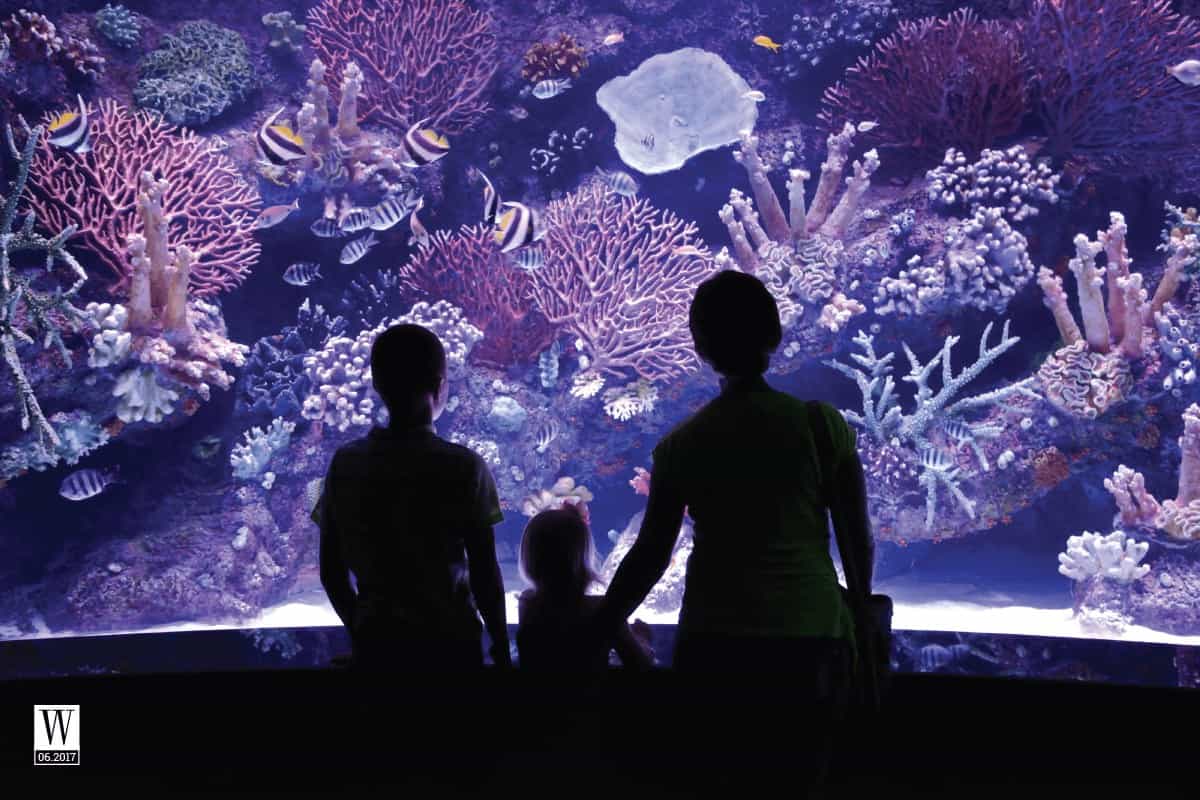
The largest aquapark in the world, Antalya Aquarium, features 40 thematic aquariums that are 131 metres long and 3 metres wide. You cannot only admire sea creatures in the aquarium system, but also admire reptiles in the Wild Park and be entertained in the Snow World and unique Ice Museum, take photographs with a Hollywood background and enjoy delicious and plentiful meals served at the restaurants and cafés in the amusement park.
THE ANTALYA MUSEUM (OR ANTALYA ARCHAEOLOGICAL MUSEUM)
As one of the largest Turkish museums, the Antalya Museum is a contemporary style museum with 14 galleries and an outdoor exhibition space. Situated on an area of 7,000 square metres, the Antalya Museum has 5,000 works of art and nearly 30,000 artefacts some of which cannot be displayed and are in storage.
ŞEMSIYE BUTIK (FLYING UMBRELLA STREET)
Not far away from Kaleiçi Market (Antalya Merkez), just a few hundred metres away from Hadrian’s Gate, there is a place no visitor wants to miss to experience street food, it is also an ideal check-in spot where visitors enjoy meals under the colourful umbrellas. And the perfect dish to enjoy in these lovely streets is the traditional Kebab of Turkey. Enjoying a fragrant fish kebab with roasted soft lamb slices then strolling along the streets and going shopping for handmade items is ideal for a beautiful day in Antalya. The Anis Restaurant on Flying Umbrella Street is famous for Turkish-style pizza and Arabic-style lahmacun, güveç and traditional kebabs.
Cuisine: Street food.
Address: Flying Umbrella Street, from İnönü Street, Kaleiçi
Price: About VND50,000/dish
EAT
SHIP INN MARINA
If you are a devotee of cheese, and crave a quiet place away from the tourist centres of Antalya, do not miss the Ship Inn Marina – a modern style restaurant with unique culinary breakthroughs showcasing the variety of Turkish cuisine. Near Setur Antalya Marina, the restaurant overlooks a vast lake surrounded by lush green trees. Coming here, visitors will have the chance to taste traditional Turkish dishes such as yörük (roasted goat), grilled meat ball, or salads, pizzas, baked goods, seafood, and countless Ship Inn style dishes which are cooked with cheese. The restaurant is about 17 kilometres from Antalya’s city centre and about 10 kilometres from Antalya Aquarium.
Cuisine: Traditional, international food.
Address: Liman Mahallesi, Büyük Liman Setur Marina, Konyaalti District, Antalya.
SERASER FINE DINING
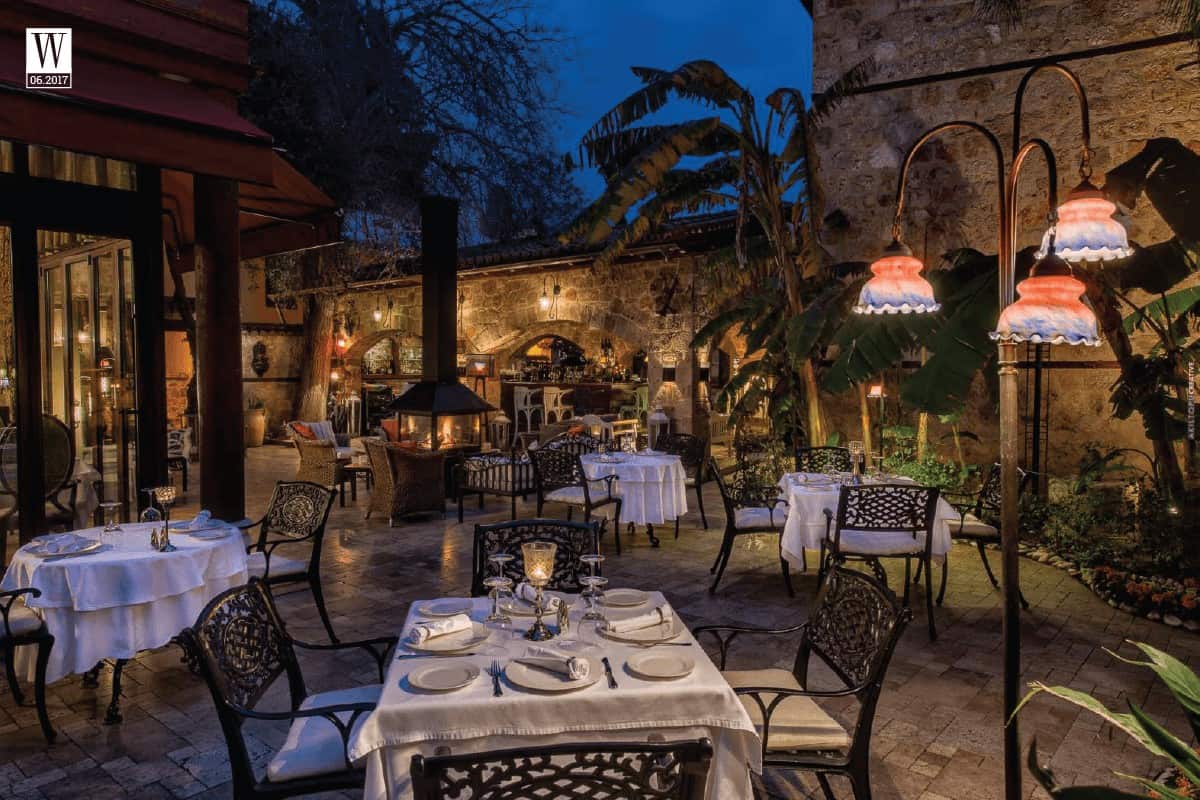
Many visitors return to Seraser Fine Dining because they want to enjoy the scent of the lush green garden and airy space by the shimmering Mediterranean coastline, although the price here is quite expensive. In this space decorated delicately and surrounded by ancient Kaleiçi stonewalls, each dish is a meticulous work of art. Seraser Fine Dining Restaurant of Tuvana Hotel is open all day and night, its indoor space can accommodate 80 guests, and the outdoor garden can accommodate 100 guests.
Cuisine: Traditional Turkish, European and Japanese cuisine, seafood, vegetarian food, international cuisine.
Address: Karanlik Street, 18 Kaleiçi, Muratpaşa District, Antalya
Price: Each dish ranges from VND120,000 – VND550,000.
SIBEL’S FOUR SEASONS CAFÉ & RESTAURANT
Built traditionally from blocks of stone and wood, Sibel’s Four Seasons Café & Restaurant never fails to impress visitors, offering a panoramic view of the mountains and the reshly made food cooked with ingredients grown at the owner’s farm. This is the ideal stopover before and after rekking the majestic Lycian Taurus Mountains. Sibel’s Four Seasons Café & Restaurant will spoil you with a soup menu, mezzes and daily specials. The restaurant also organises trekking tours to explore nearby destinations. Coming here, you should enjoy bulgur balls filled with minced meat (icli köfte), Beycik salad and goat ragout cooked in a clay pot.
Cuisine: Traditional Turkish cuisine
Address: No. 3, Kumluca Kemer Yolu, Kemer District, Antalya.
VANILLA LOUNGE
Near Hadrian’s Gates, Vanilla Lounge is one of the most famous restaurants in Antalya. Its philosophy is to provide a satisfying dining experience for all spectrums of tastes using modern, innovative and classic cooking techniques. You will be amazed when experiencing all the world flavours at Vanilla Lounge, where appetizers and Thai-style main courses are the highlight.
Vanilla Lounge’s menu is inspired by Italian cuisine. All dishes are made from the freshest local seasonal ingredients.
Cuisine: International cuisine, Italian food, Thai food, traditional Antalya food.
Price: VND100,000-VND420,000 per dish.
Address: Hesapat Street, No. 33 Kaleiçi, Antalya.
SHOPPING
DEEPO OUTLET CENTRE
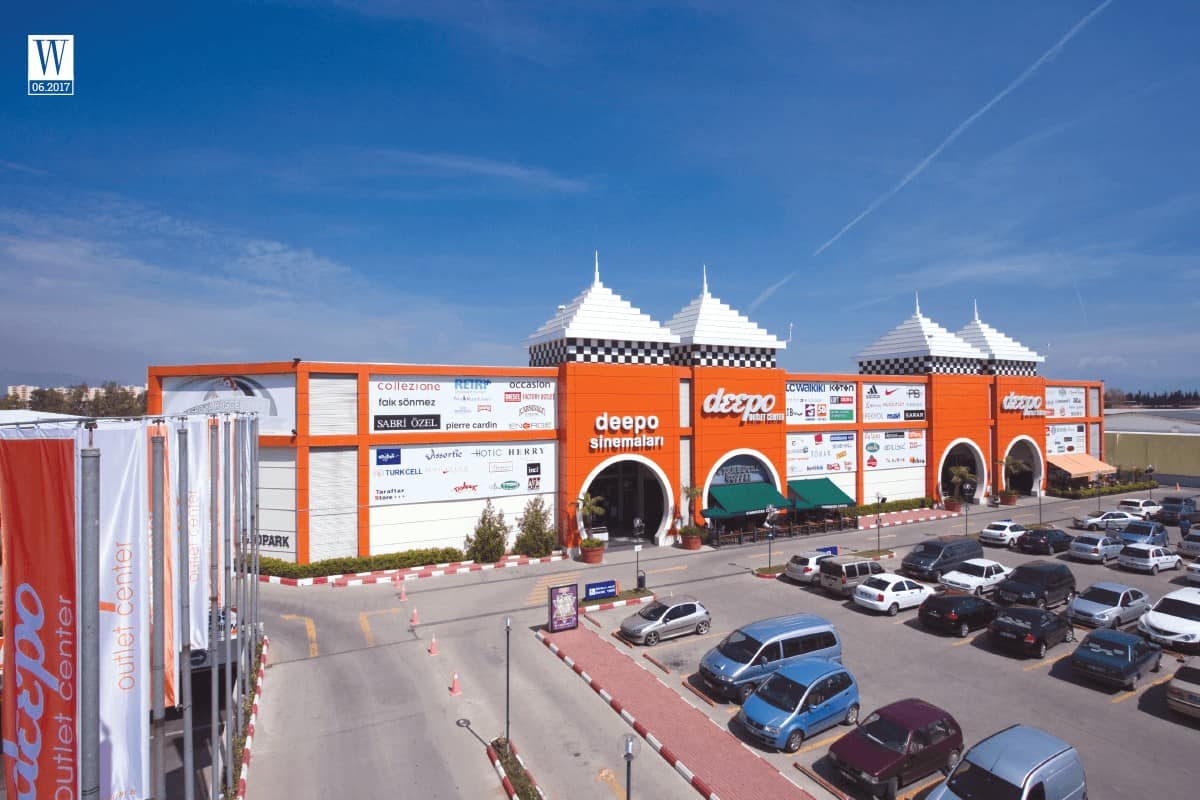
If you want to go shopping without worrying about running out of money, this is an ideal place. Deepo Outlet Centre is the largest outlet centre in the Mediterranean with 80 booths, 5 cinemas, 15 restaurants and many facilities in an area of 4 hectares. Enjoy 365 days of discount and shopping at the retail prices. At Deepo Outlet Centre you will find a bargains from countless famous brands such as Nike, Adidas, Tommy Hilfiger, Koton, Hot, Vakko, Mavi Jeans, Colins, or Miss Sixty.
Address: Altınova Sinan Mahallesi, Serik Cad. Yanyolu, Kepez District, Antalya (more than 9 kilometres from the centre of Antalya).
TERRA CITY
Considered one of the best shopping malls in Antalya, Terra City is a must-see destination for travellers on a journey to explore this Mediterranean city. It is just 8 kilometres from the city centre. 150 booths selling products of famous brands such as Burberry, Armani, Michael Kors, Adidas and Hugo Boss, 30 restaurants and an
amusement centre for children will make visitors never want to leave.
Address: Fener Mahallesi, Tekelioğlu Cd., Muratpaşa District, Antalya.
SHEMALL SHOPPING MALL
Smaller than other shopping malls in Antalya, the SheMall Shopping Mall has about 70 booths. But this place is particularly attractive because of frequent cultural events and impressive shows that bring different shopping experiences to visitors. In addition, you can buy quality books, novels, and English magazines at D&R Book Store.
Address: Fener Mahallesi, Tekelioğlu Cad, Muratpaşa District, Antalya, Turkey.
MIGROS SHOPPING CENTRE
Considered one of the most affordable shopping malls, Migros Shopping Centre brings ogether 10 booths from a number of mid-range brands including 5M Migros, Zara, Mudo, LC Waikiki, Boyner, Mudo, and cinemas along with a number of restaurants and fast food stalls. From Migros Shopping Centre, you can admire the view of the Mediterranean Sea and the majestic Beydağı Mountains.
Address: No. 3 Atatürk Boulevard, Konyaalti District, Antalya. (About 2 kilometres from Antalya Aquarium).
MARKANTALYA
Situated at the heart of Antalya, MarkAntalya Shopping Mall is an ideal shopping and entertainment place on an area of over 5 hectares, with a convergence of 155 well-known brands, food stalls, international cafés and restaurants and modern cinemas. MarkAntalya is just 2 kilometres from the centre of Antalya, 3 kilometres from Kaleiçi Old Town and near the famous Murat Paşi Mosque.
Address: Tahilpazari Mahallesi, Kazim Ozalp Caddesi, Muratpasa District, Antalya.
SILVER HARMONI: SILVER JEWELLERY
Silver Harmoni’s silver handmade jewellery will fascinate you with its sophistication. Made from silver, gems and crystals, Silver Harmoni’s jewellery is a precious gift, crystallised from the love between Karen Henry from Australia and a Turkish man named Yusuf Gökben. Although born and raised in Istanbul, Yusuf was fascinated by the beauty of Kas, Antalya so the couple decided to settle down and open a handmade silver jewellery shop here. Silver Harmoni’s products receive praise from almost every tourist who visits.
Address: İbrahim Serin Caddesi No 12 A, Kaş District, Antalya.
OSMANLI SULTAN CARIK – HANDMADE LEATHER ACCESSORIES
This is a well known handmade leather accessories and jewellery store near Hadrian’s Gate in Antalya. A great collection of handbags, purses, shoes, sandals and boots made from cow or buffalo skin will make you go crazy even though handmade leather products are never cheap.
Address: Barbaros Mahallesi, Hesapçı Sk., Muratpaşa District, Antalya.
NIL TEKEL SHOP (POTTERY)
Pottery making has developed in Turkey for several centuries. If you come from a distant country, it is very difficult for to carry heavy ceramic items back home, but just looking at Nil Tekel Shop’s pottery items in all shapes, sizes and colours will definitely make your trip more interesting. In Turkey there are about 300 pottery workshops across the country.
Address: Gençlik Mahallesi, Tınaztepe Cad., Muratpaşa District, Antalya.
GÜLIZAR CARPET KILIMS GALLERY: TURKISH EMBROIDERED RUGS
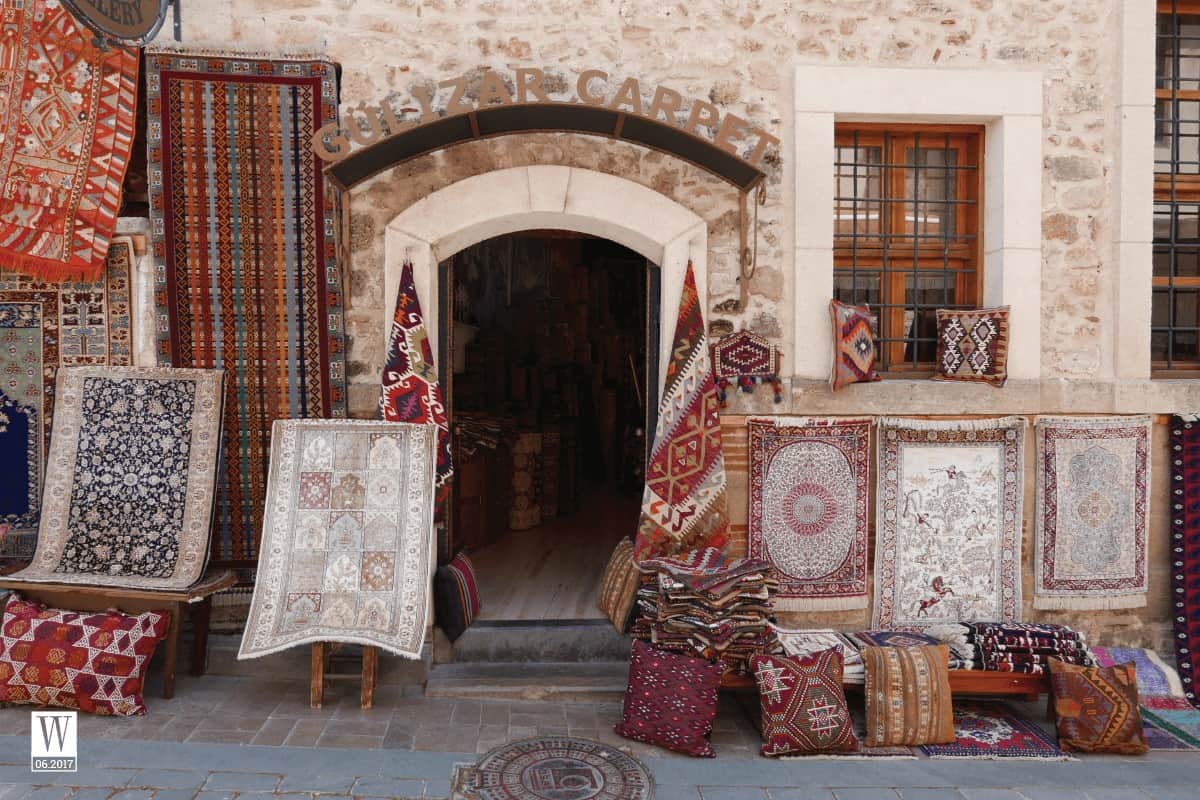
Walking around Kaleiçi Old Town, you will find Turkish traditional handmade kilim stalls. A tablecloth or a square carpet embroidered sophisticatedly will be a valuable gift from a visit to Antalya. Stepping into Gülizar Carpet Kilims Gallery, you will feel overwhelmed by the colours and details on the embroidered products hung all over the wall and covering tables and chairs. Visitors may take hours to discover all the richness of the products here. The Gülizar Carpet Kilims Gallery is also appreciated by many visitors for its affordable prices, enthusiatic staff and the friendly boss Mehmet Bey. You can learn much about the history of this traditional product and what it means for the people of Antalya.
Address: Tuzcular Mah., Uzunçarşı Sok., Muratpaşa, Antalya.
Wanderlust Tips | Cinet
